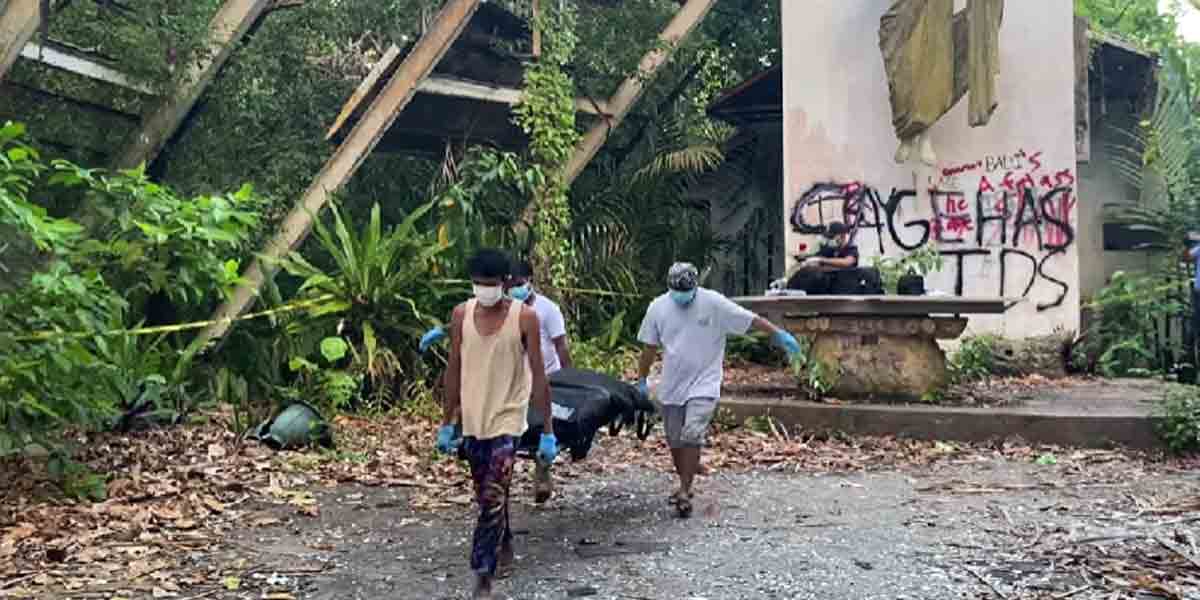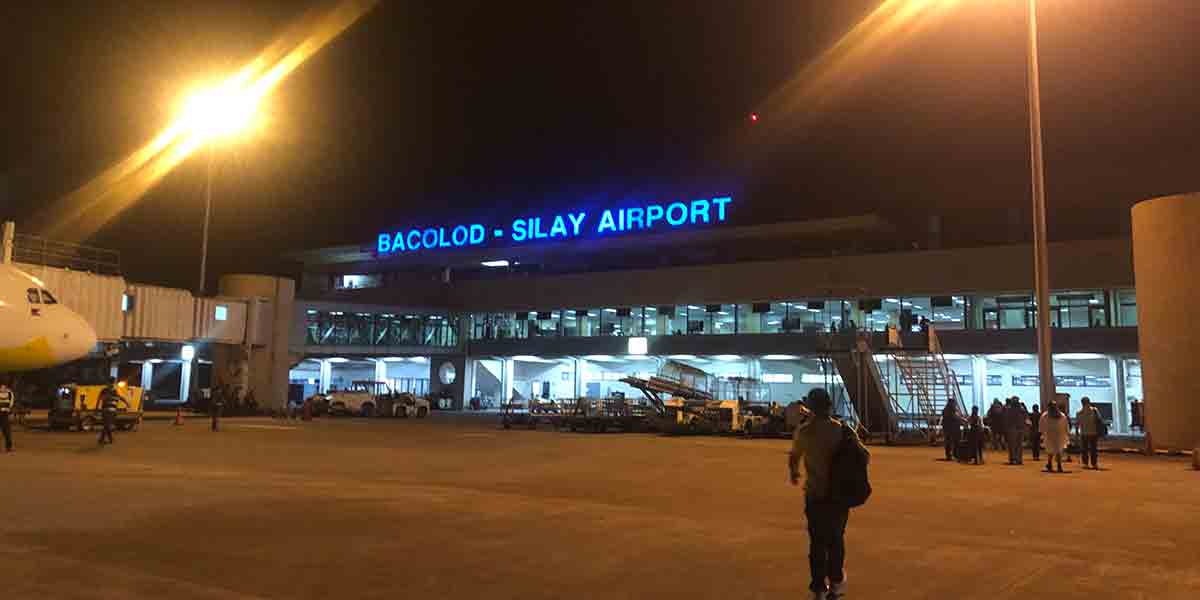By Rjay Zuriaga Castor
The Department of Health Western Visayas (DOH-6) has urged the public to seek early consultation, noting that most dengue-related deaths in the region are linked to late detection and delayed treatment.
DOH-6 reported that dengue-related fatalities in the region have reached 24, with late consultation being a common factor in these deaths. Four new deaths were recorded from August 5-10.
“We are coordinating with our health promotion team to emphasize the importance of early consultation. Many of the deaths occur because the symptoms are either delayed or already severe by the time they are brought to our health facilities,” said Dr. Bea Natalaray of the Infectious Disease Section of DOH-6 during a press conference on Thursday, August 22.
As of August 10, the region logged 12,198 dengue cases, a 142 percent increase from last year’s 5,036 cases and 25 deaths.
Natalaray noted a shift in the age groups affected, with most cases now occurring among individuals aged 11 to 20, particularly high school students.
This age group accounts for over 34 percent, or 4,112 cases, while around 32 percent, or 3,894 cases, are in the 1 to 10-year-old age group.
The province of Iloilo continues to have the highest number of cases, with 4,754 and 8 deaths, followed by Negros Occidental with 1,871 cases and 6 deaths, and Capiz with 1,251 cases and 3 deaths.
The number of villages with clustering cases has risen to 660, with the highest concentrations in Iloilo province at 288, followed by Negros Occidental at 93, Aklan at 77, Capiz at 67, Guimaras at 50, Iloilo City at 46, Antique at 23, and Bacolod City at 16.
The region also has 11 villages identified as hotspot areas, including three in Iloilo province and Negros Occidental, two in Iloilo City, and one each in Capiz, Guimaras, and Bacolod City.
Aklan and Antique have no hotspot areas, according to DOH-6.
The province of Iloilo declared a state of calamity due to the dengue outbreak on Tuesday, August 20, allocating a budget of P13.6 million for the procurement of dengue test kits and medical supplies.
Natalaray also emphasized that DOH-6 has provided vector control and surveillance training to sanitary inspectors, given the need to resurvey mosquito species that carry the dengue virus.
She noted that during their monitoring, some rural health units still have an adequate supply of dengue test kits, while those with limited kits will receive additional supplies.
DOH-6 has so far distributed 7,400 dengue duo kits, 14,500 dengue NS1 test kits, and various vector control supplies, including spray cans and mosquito larvicides.
The procurement of disaster relief tents and oral rehydration sites is also underway.





















